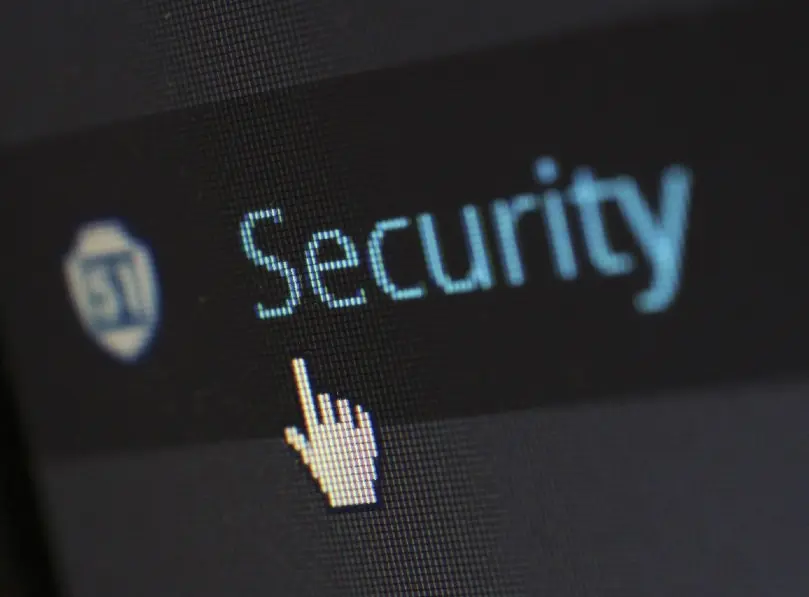When HR Data Becomes a Target to Cybersecurity Threats

The advancement in technology also comes with risks. In addition, massive volumes of data are in danger from cyber-attacks. For this reason, companies should be more vigilant and, on a constant look out for threats.

For companies, handling data is a risky business. Especially for the HR team. This is because they hold tons of sensitive data about the whole workforce. This includes a worker’s compensation and other vital data. As a result, they play a critical role in keeping it safe.
What is Cybersecurity?
This is the practice of protecting systems such as data, hardware, and software from cyberthreats. People and enterprises use this to protect themselves against entities that break into their system without clearance.
It is a vital tool to prevent attacks that aim to mess up a company’s operation. There are various strategies when it comes to cybersecurity. A strong strategy offers protection from malicious attacks. These attacks usually aim to access, alter, or delete a firm’s system and data.
Types of Cybersecurity Threats
Firms need to keep up with the latest trends when it comes to cybersecurity. Which is why it is critical that they know about the several types and forms of cyberthreat.
- Malware
This is a type of malicious software. The types include spyware, worms, and trojans.
- Ransomware
This is one more type of malware that involves an attacker. The attacker locks in the user’s system files using encryption. Afterward, the attacker will demand payment to unlock or decrypt the files.
- Phishing
This uses fake emails and text messages that look like reliable ones. They aim to dupe users into giving out sensitive data. This often includes user logins and password or bank info.
- Insider threats
These are security breaches or data loss that humans cause. This often happens inside or outside the workplace. The most common cause of this is negligence.
- Advanced Persistent Threats (APTs)
These are lengthy targeted attacks. Attackers can enter the network and remain unknown. This allows them to have access to a network and steal vital data.
-
Social Engineering
This type tricks users to break security protocol. Once this happens, attackers gain access to the system and all its data.
- DDoS Attacks
These are multiple attacks to a network, website, and system. Attackers flood the target with connection request and packets. This aims to slow down or crash the entire network. As a result, the event prevents further operation from the user.
HR Analytics
This process involves collecting, analyzing, and creating reports on data. This data usually covers tasks linked to human resources. This is an approach to understanding people within an organization.
It also says how the HR team of a company is doing. The analysis of data is a big help for companies. It guides them to make the right decisions. This is vital when it comes to workers’ payroll and benefits. This goes the same with their ability to hire and keep workers.
The Role of HR in Fighting Threats
Many may think that HR only covers tasks relating to managing people. But with cybersecurity, that is not the case. Unknown to many, HR plays a key role when it comes to protecting the company from threats.
HR holds vital data about everyone within the company and more. For this reason, teaming up with IT can make a big difference when it comes to cybersecurity. Battling threats begins when HR gains awareness of what they are and how they can enter the network.
While working with IT, HR can also gain knowledge on how to prevent attacks from happening. In addition, they can learn how to safeguard the data they hold using various best practices.
Preventive Measures to Use Against Cyber Attacks
Prevention is always the best thing to do when it comes to cyber attacks. For this reason, HR must look into the following measures to prevent cyber attacks.
- HR can team up with IT to create security policies. In addition, they can also help educate the workforce about these policies.
- HR staff should undergo training in cybersecurity rules. In turn, HR staff must include this training for new hires. Cybersecurity training should be a critical part of a worker’s onboarding process.
- The HR team should ensure workers that leave the company will not keep any company data. In addition, they should close all accounts of former worker at once after a they leave the company.
- Be firm with the disciplinary actions for breaking security procedures.
HR analytics is a critical process for the entire company. At the same time, with the massive volume of data the HR holds, it can easily be a target for cyber attacks. For this reason, HR must be aware that they should play a key role in protecting this data and preventing attacks from happening.
Insights You Need to Get It Right







